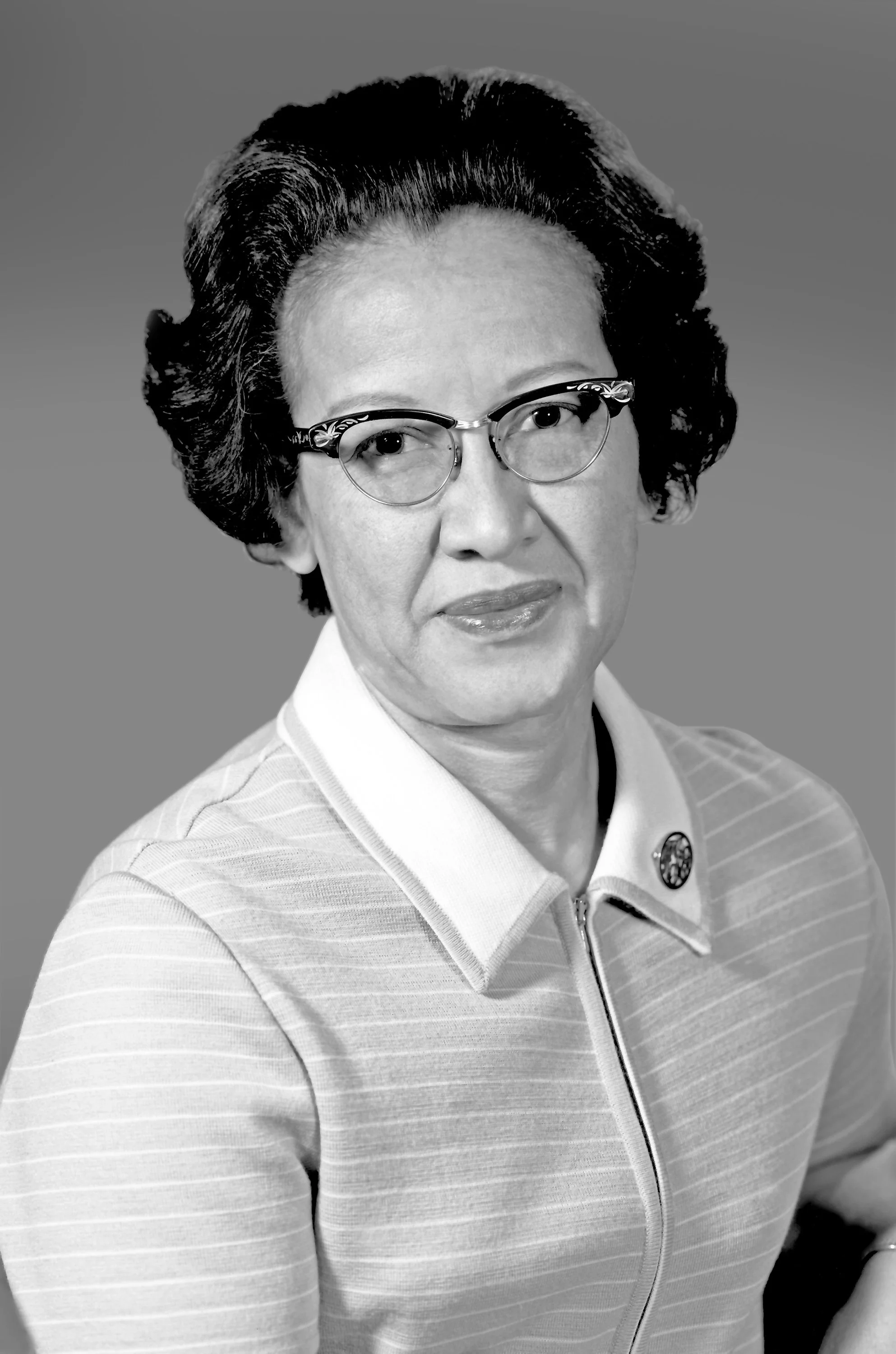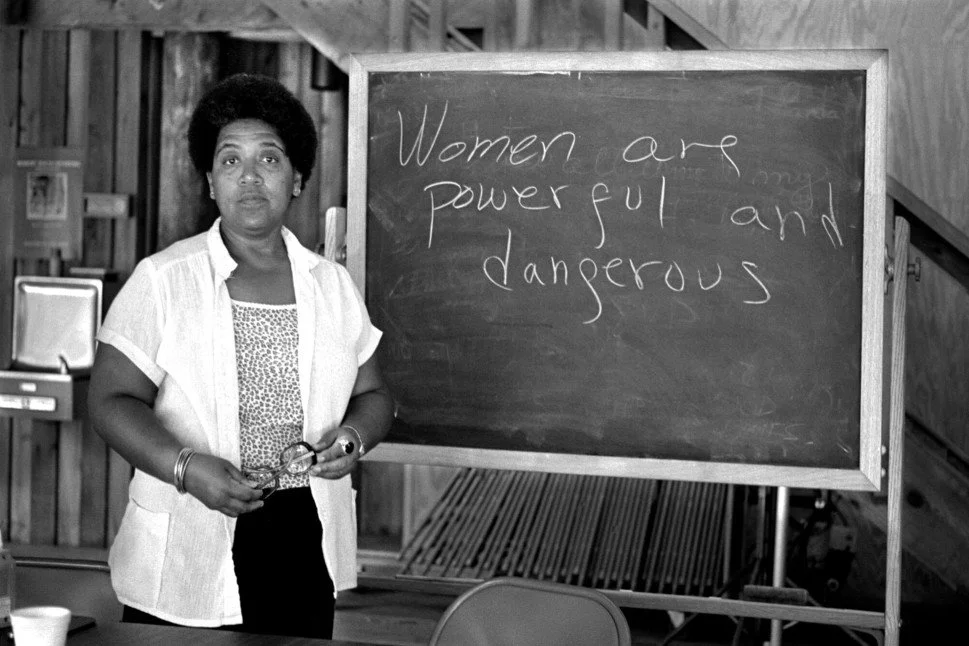Ada Lovelace Byron: The First Computer Programmer
Photo from History Collection
Peyton Impola
When you hear the surname ‘Byron’ the first thing that comes to mind is typically lord Byron. The Romantic poet has gone down in history as one of the greatest English poets of all time. However, when I see the last name ‘Byron’ my mind instantly wanders to Ada Lovelace Byron–the mother of computer programming.
Byron was born to Lord Byron and Annabella Byron in 1815, the latter who possessed mathematical training of her own. After Byron’s birth, her father separated from Lady Bryon and left the country forever. Byron’s mother remained scorned over this incident for the rest of her life, and was determined to raise her child to not be like Lord Byron. With that in mind, Lady Byron insisted that her daughter receive private tutoring, specifically in the realm of mathematics. Byron’s education was an unusual one for women at that time, even later receiving education from mathematician-logician Augustus De Morgan, the first math professor at the University of London. As she moved through her schooling, Byron grew to have quite the affinity for mathematics.
It was both her privileged education and social status that catapulted Byron into the intellectual community. The young woman was in contact with numerous big names, including Charles Dickens and a mathematician by the name of Charles Babbage. When Byron was introduced to Babbage in 1833, it was the beginning of a long term relationship–both working and platonic. The two would go on to collaborate on Babbage’s difference engine–an automatic, mechanical calculator that was designed to tabulate polynomial functions. Byron was obsessed with the machine from the get go, frequently visiting Babbage in order to get closer to the machine. Babbage, for his part, was equally as fond of Byron and her brain--dubbing her the “Enchantress of Number.”
In the early 1840s, Byron set forth to translate an Italian mathematician’s article on Babbage’s newest machine–the Analytical Engine. Said engine was a proposed, mechanical, general purpose computer. Byron penned a set of notes to accompany the article, seeking to explain the differences between the Analytical Engine and the Difference Engine. The task was no easy feat, and was well received by the scientific and mathematical community. However, the significance of what was contained in the notes was not fully realized at the time. Both mathematicians and historians now consider these notes to be the first computer program in history–making Byron the first programmer. Byron had a connection with computers like no other. In her mind, the machines were capable of so much more than crunching numbers. She even went so far as to believe that computers were capable of producing music. These dreams would not be actualized until fall after her death, but such a thought being conceptualized so far ahead of the modern computer is nothing short of astonishing.
Unfortunately, in her late thirties, Byron fell victim to illness. The mathematician was bedridden for months, sick with uterine cancer. As she withered away, her loved ones flocked to visit her–including Charles Dickens, who would read a passage from one of his novels in order to soothe her. Byron succumbed to her illness in November of 1852, and was buried next to the father she never knew.
Though Ada Lovelace Byron undoubtedly lived an incredibly fulfilling life, her contributions to computer science went unrecognized for almost a century. Her thoughts were simply too far ahead of their time, but in 1953, they were republished, and the blossoming computer science community began to devour her story. During the 1970’s, the U.S. Department of Defense developed their own high-order computer programming language. It was Navy Commander Jack Cooper who proposed naming the language after Byron. Once this idea was introduced, the vote was unanimous and the language was dubbed “Ada.” Ada is still used around the world, in the operation of healthcare, transportation, financial, infrastructure, and space systems. The homage is a fitting legacy for a woman who was ahead of her time, whose brain comprehended number unlike any other, and whose contribution to her field went unrecognized for far too long.
Sources
10 Things You May Not Know About Ada Lovelace Byron
Ada Lovelace, the First Tech Visionary
Other Works in This Series
Mary Anning: Mother of Dinosaurs
Edith Wilson: Secret President
Bell Hooks: Empowering Marginalized Women
Patsy Mink and the Road to Title IX






